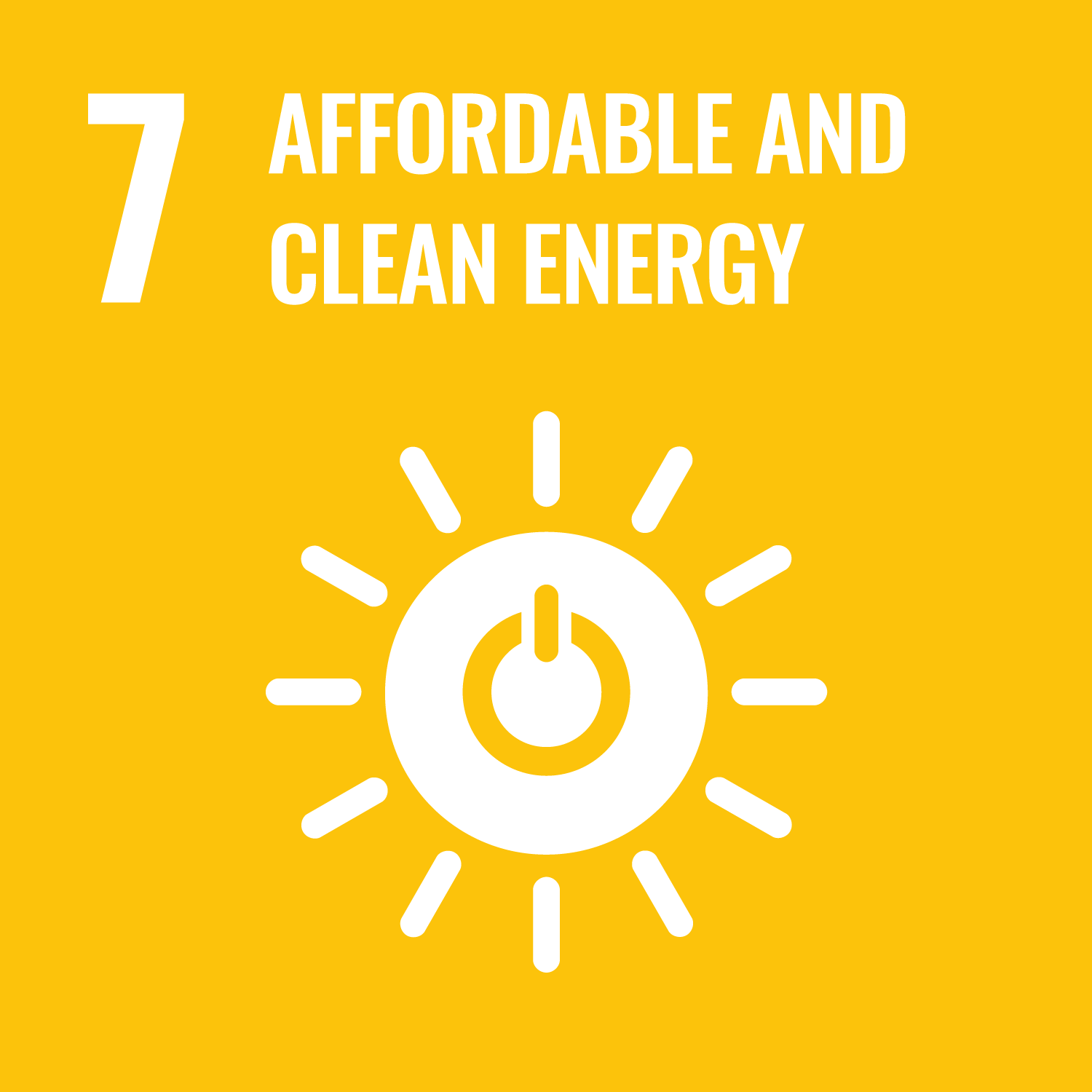ORCID
- Souran Chatterjee: 0000-0002-3500-6061
Abstract
Decarbonizing the building sector is key to meet the EU climate goals by 2050. Although the recent policies recognized the importance of on-site solar energy production in the energy transition, there are only a few modelling studies analyzing how much the gap between the technically possible and policy-driven power generation of rooftop photovoltaic (PV) panels can be reduced. This study, therefore, uses geospatial techniques and the high-resolution Building Integrated Solar Energy (BISE) supply model to estimate the main spatial and temporal characteristics of the rooftop PV energy production potential. To support decision-making, important implications of the Solar Rooftop Initiative action plan of the European Commission on the future dimension of the PV electricity supply are also assessed in the context of the achievable potential. The modelling results indicate that the current rooftop PV technical potential could be about 2.7 PWh, being in similar extent with the EU power consumption. The largest country-level PV potentials can be found in Germany, France, Italy and Poland, with an increase of 30% by 2060. Our findings also underline that by following the latest policies, major improvement could be achieved in the EU's rooftop solar energy production by around 2040, depending greatly on the structure and energy efficiency niveau of the future building stock.
DOI Link
Publication Date
2024-04-15
Publication Title
Applied Energy
Volume
360
ISSN
0306-2619
Acceptance Date
2024-01-21
Deposit Date
2024-07-02
Additional Links
Keywords
Building Integrated Solar Energy (BISE) model, Building roof area, Energy transition, Rooftop PV potential, Solar energy modelling
Creative Commons License

This work is licensed under a Creative Commons Attribution 4.0 International License.
Recommended Citation
Molnár, G., Cabeza, L., Chatterjee, S., & Ürge-Vorsatz, D. (2024) 'Modelling the building-related photovoltaic power production potential in the light of the EU's Solar Rooftop Initiative', Applied Energy, 360. Available at: 10.1016/j.apenergy.2024.122708


